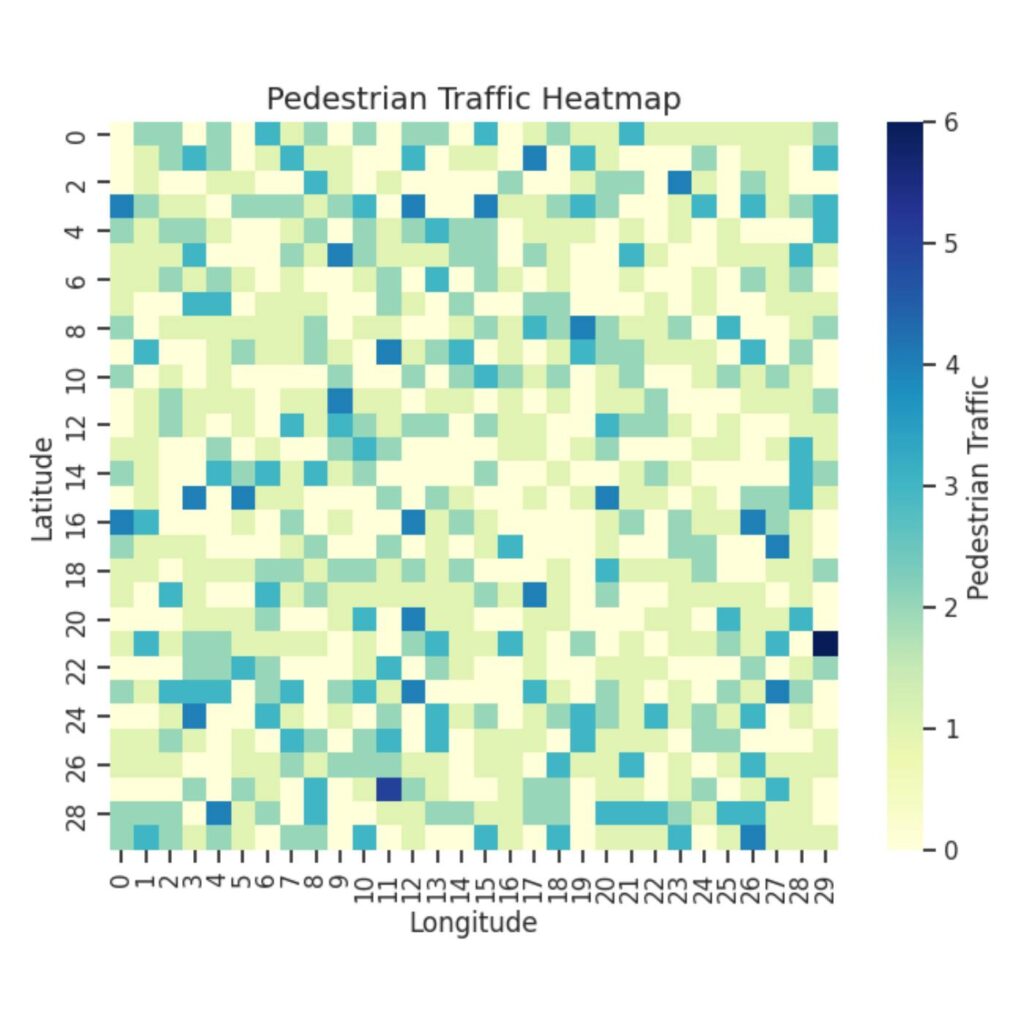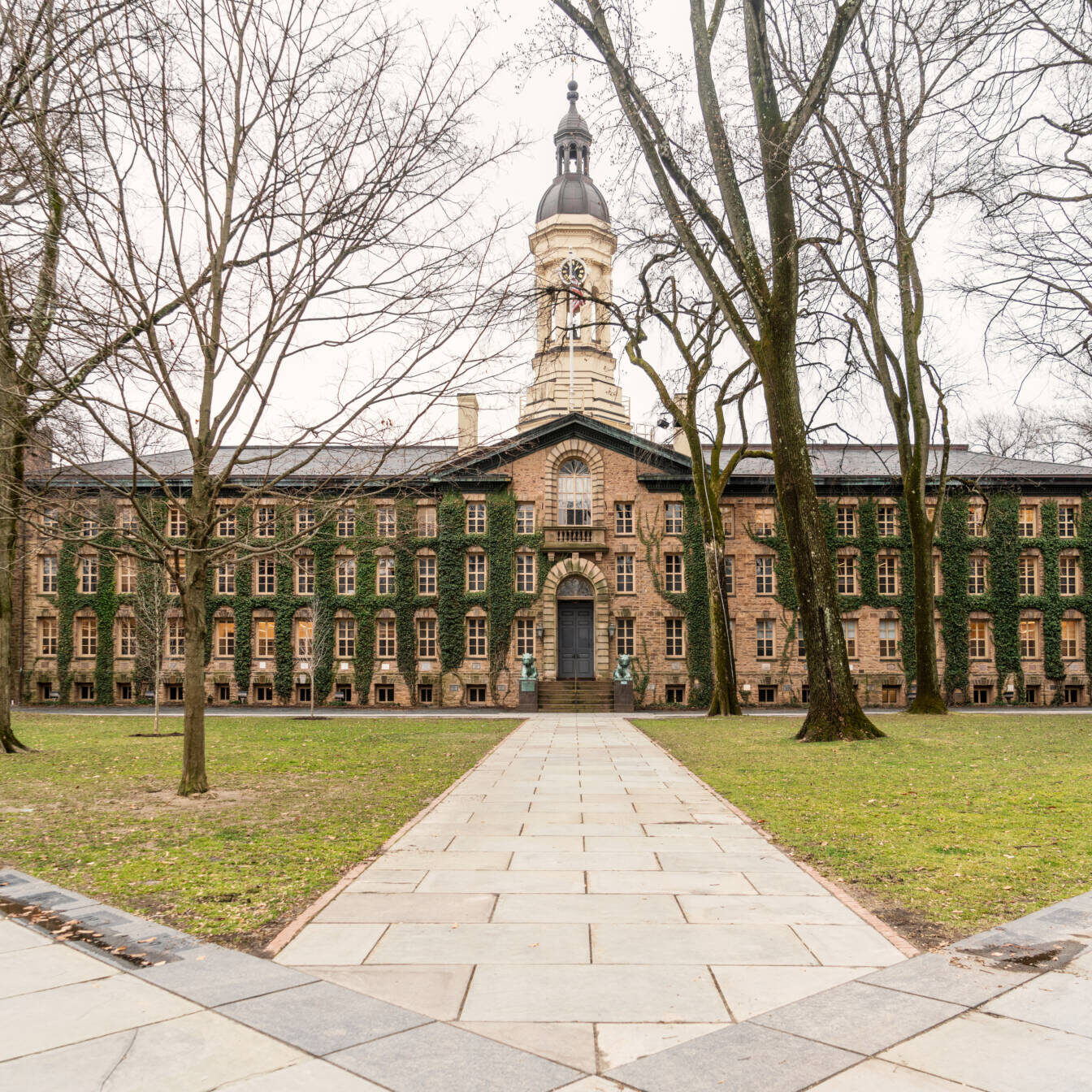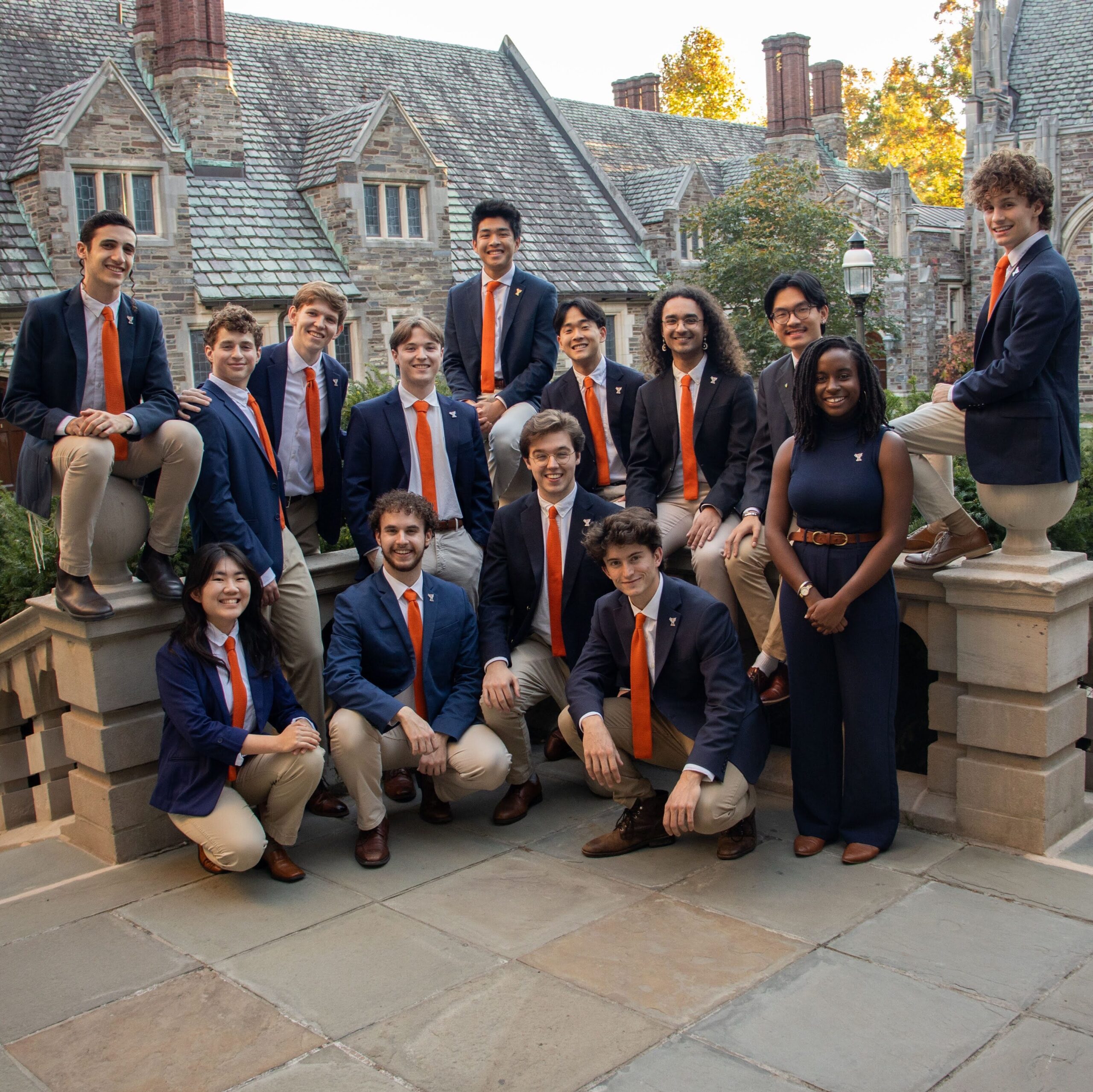Princeton offers a wealth of opportunities to engage in undergraduate research. From smaller projects found in writing seminars to the ever-looming senior thesis, research is woven throughout our academic journeys. Still, outside of this mandatory exposure to research there are also unique opportunities to explore research as an undergraduate. One of the most interesting of these is the Princeton iGem team. I was able to sit down to speak with a member of this year’s team, Dowon Seo ‘27, after he returned from the annual iGem conference in Paris.
Continue reading A Hidden iGem at PrincetonBalancing Research and Academics: The Art of Course Planning

Planning your courses while doing research can feel like a juggling act—one that involves not just your academic requirements but also your research commitments and, of course, your own well-being. At a place like Princeton, where opportunities in labs and research projects abound, learning how to navigate and integrate everything into your schedule can make a huge difference.
Continue reading Balancing Research and Academics: The Art of Course PlanningMatplotlib: A Quick Intro to a Helpful Python Data Visualization Library

Data is everywhere. Whether it’s to track your music listening habits, analyze stock market trends, or understand scientific research, data is most valuable when it can be easily interpreted. This is where data visualization comes in: to transform raw data into clear, engaging visuals.
The Princeton University Library has a wealth of resources and research guides, including guides tailored specifically to data visualization in programming language R and statistical software Stata (often used in economics courses). However, not as many PUL research guides are currently available on data visualization in Python. If you haven’t heard of Python before, it’s a popular programming language that can tackle a versatile range of applications, including data analysis and artificial intelligence. While Stata and R are both excellent choices for statistical analysis and visualization, Python stands out for its flexibility, interactivity, and seamless integration with web development and machine learning applications.
In this article, I wanted to present a commonly-used Python library for data visualization: Matplotlib. By learning how to use Matplotlib, you’ll be able to take your data and turn it into visuals that communicate your findings effectively—a key skill whether you are analyzing survey results, studying statistics, or working on research projects!
Continue reading Matplotlib: A Quick Intro to a Helpful Python Data Visualization LibraryDreading December: Fall is Just That Time of Year

Nassau Hall on Princeton’s campus. Photo Credit: Adriana De Cervantes.
I think that November is a critical month for the fall semester. Many students feel more pressure to do better for the rest of the semester as midterm grades come in. Students in labs start to have their lab work amp up at this point in the semester, especially newbie researchers who just joined a lab in September. That ‘just getting to know the lab’ phase is over; the sun is setting at an outrageous time; the weather is getting colder; and the professors seem to make less sense. Holidays feel like they’re right around the corner, so the end of the semester feels so close yet so far. In short, November and the first half of December is a weird limbo phase that, at its best, is a transition/preparation period and, at its worst, purgatory. With this pressure in mind, it becomes important to recognize how to balance research work and studies and mental health and social life and…and…and the list goes on.
Continue reading Dreading December: Fall is Just That Time of YearDiving into the “Scholarly Conversation” and Other Tips on Academic Writing
Every student at Princeton lives their own unique experience, but if there’s one thing all Princeton students have in common, it’s that we all need to know how to write academically. The only required class for all Princeton students, first-year writing seminar, is a rite of passage. Later on, students of nearly every single major must complete independent work, writing their junior papers and senior theses; when writing these, knowing how to effectively communicate your findings is an essential skill. Here, I’ll talk about some strategies for getting a handle on academic writing, which I hope you’ll find useful!
Continue reading Diving into the “Scholarly Conversation” and Other Tips on Academic WritingNavigating the Slump: When Even Your Passion Projects Get You Down

We all have those moments when we doubt where we’re headed, even when the path we’re on is one we chose with so much excitement. Maybe it’s that feeling of disconnect, where you can’t quite see why you’re doing what you’re doing—even if it’s the thing you used to call your dream. And when it comes to research, that slump can feel even more intense.
Continue reading Navigating the Slump: When Even Your Passion Projects Get You DownBegetting Books, on and off Campus: How, What, Where, and Why

Reading is a fundamental part of one’s time at Princeton. Whether for sciences or the humanities, a great deal of coursework and independent research consists in careful and active reading. Reading for pleasure by oneself or as part of reading groups is also a common pastime, or at least a shared aspiration, of many students on campus. Moreover, Labyrinth Books’ and the University’s decision to cease coursebook sales has sparked a mix of dissatisfaction, outrage, and inventive solutions. With the end of textbook resales paired with personal interest for especially thought-provoking class readings, it is not uncommon for students to keep (at least some of) their coursebooks. It is quite natural, then, that over the course of one’s four years at Princeton, undergraduates tend to amass a good number of books and start to build up their own personal library. Thus, beyond our formidable library system and Labyrinth, it is good to know where and how to get books, even if such scholarly scavenging will not supply all of one’s textbook needs. Besides, building up one’s store of knowledge (and thought-provoking entertainment) is a worthwhile pursuit in itself.
Continue reading Begetting Books, on and off Campus: How, What, Where, and WhyTo Ph.D. or Not to Ph.D.: An Interview with Microbiology Ph.D. Candidate Ciara Sanders

Headshot of Ciara Sanders, Ph.D. student. Photo credit: Ciara Sanders.
For this post, I decided to ask third-year Ph.D. student Ciara Sanders in Dr. Brooks Lab here at Princeton about her experience in molecular biology graduate school. She hails from California and is currently carrying out microbiology research for her Ph.D. For students considering molecular biology research/Ph.D. as a career, these questions may help answer any concerns you have, especially since medical school seems to be the popular option for molecular biology majors.
Continue reading To Ph.D. or Not to Ph.D.: An Interview with Microbiology Ph.D. Candidate Ciara SandersSimplify Your Research Poster Printing: Using Princeton’s Makerspace Large Format Printer
The end of the semester is often accompanied by deadlines for semester-long projects and final papers (including the infamous Dean’s Date deadline, which past correspondent Ryan Champeau has amazing advice on!). For some classes, students may be asked to create an academic or research poster and present their work to their peers in a poster session. A couple of courses I have taken where I produced a final research paper were COS 484: Natural Language Processing and ASA 238: Asian-American Psyches.
In ASA 238, the department provided funding so that all students in the class could have their poster printed through Princeton Print & Mail Services. However, this option typically is not free-of-charge to students. Moreover, since this process typically takes 4-5 business days after the proof is approved to be printed, course instructors may set conservatively early deadlines so that all students’ posters may be printed on time. With more deadlines in other classes, this can create additional stress.
The great news is, this stress can be avoided with a free, straightforward alternative: utilizing the Makerspace’s Large Format Printer. The Princeton University Library (PUL) Makerspace is a creative space on the A-level of the Lewis Science Library open to current students, faculty, and staff. If you’ve never used the space before, it might be daunting, but I hope this article will clarify the process and assuage any fears you may have!
Continue reading Simplify Your Research Poster Printing: Using Princeton’s Makerspace Large Format PrinterHarmonizing Research and A Cappella: How Music Fuels My Scientific Journey
Imagine standing in front of a big audience, heart racing, ready to blend your voice with others and hit the notes of an intricate a cappella arrangement. Every beat, every breath, is crucial. Every time I stand on stage or under an arch with my a cappella group, the Princeton Footnotes, I think of how similar singing and music feels to what I do in the lab. You might be thinking that singing in an a cappella group and doing research are worlds apart. However, these two passions have formed a bond in ways that I never believed possible. In fact, the creativity, collaboration, and discipline I have channeled in being a part of the Footnotes have made me a better researcher—and vice versa.
Continue reading Harmonizing Research and A Cappella: How Music Fuels My Scientific Journey


